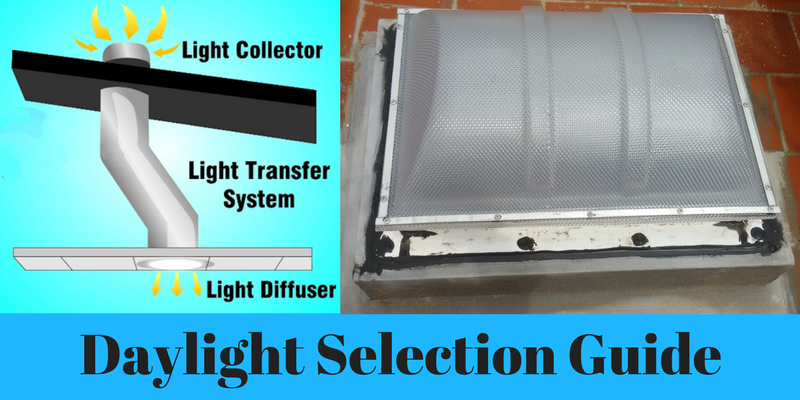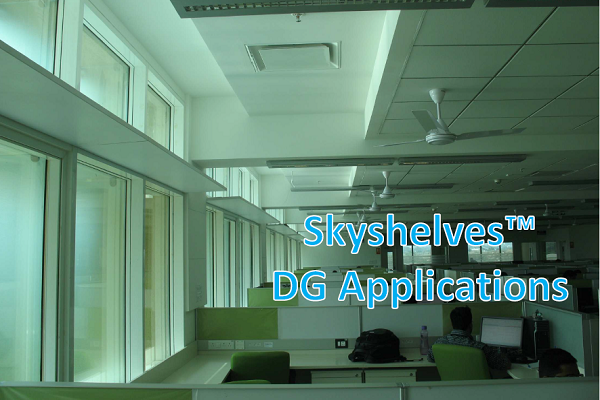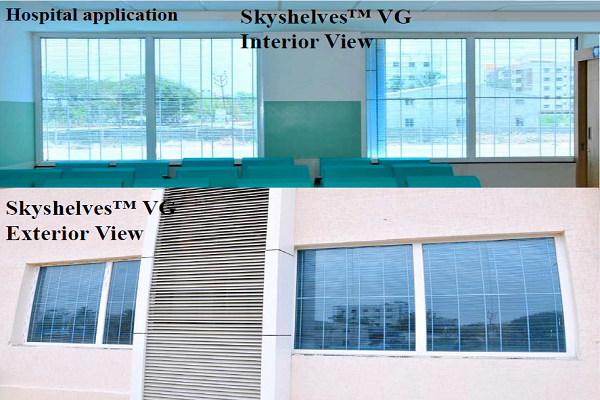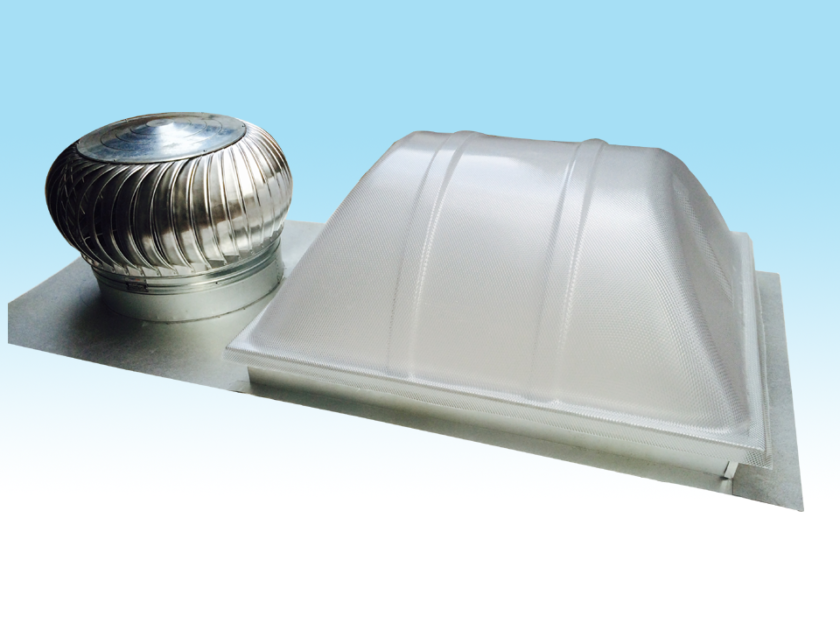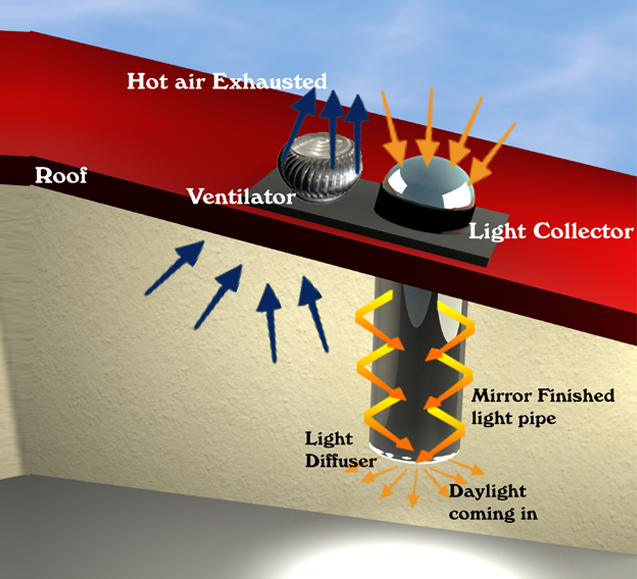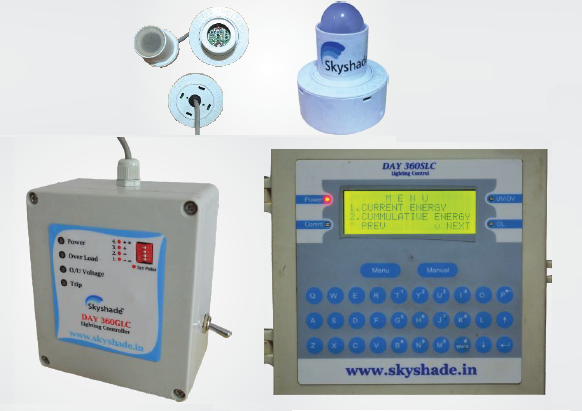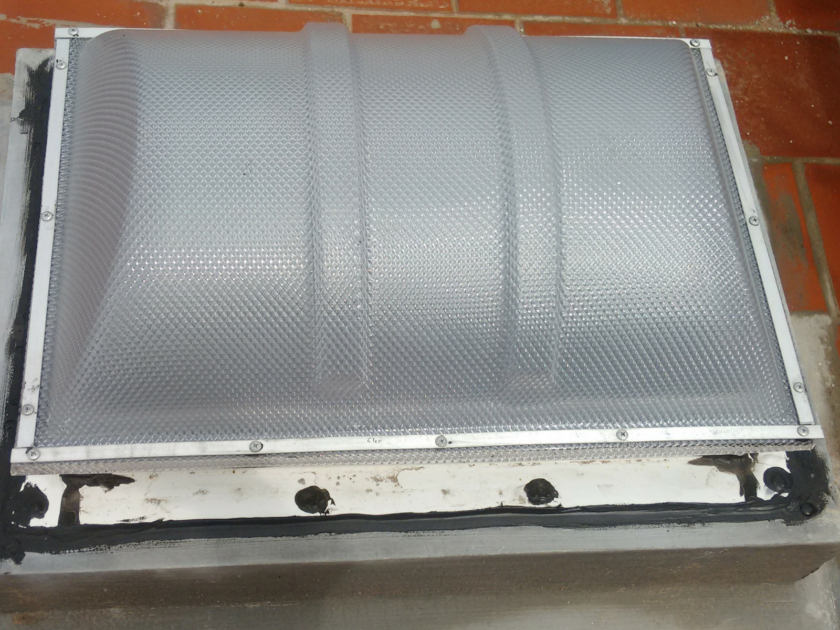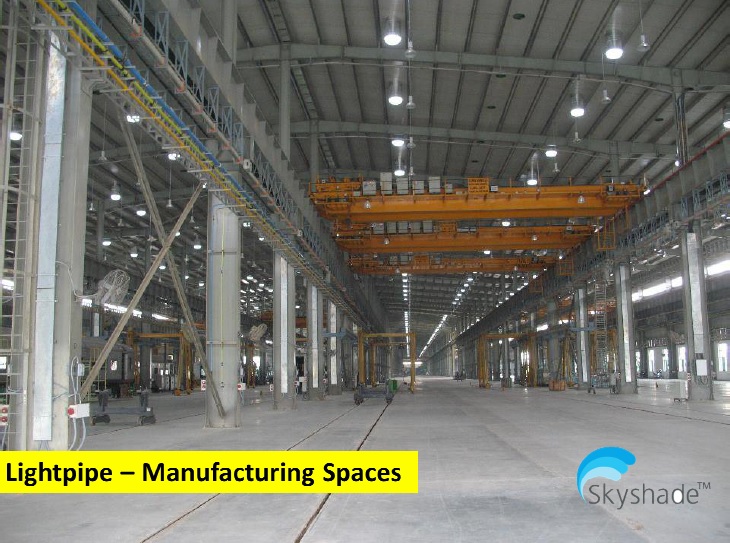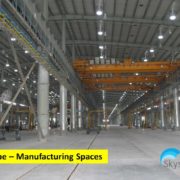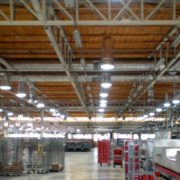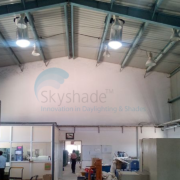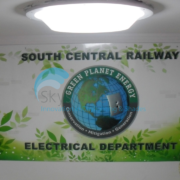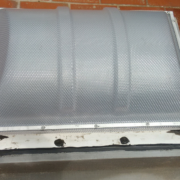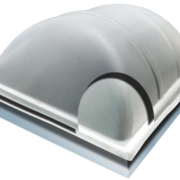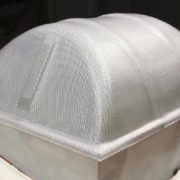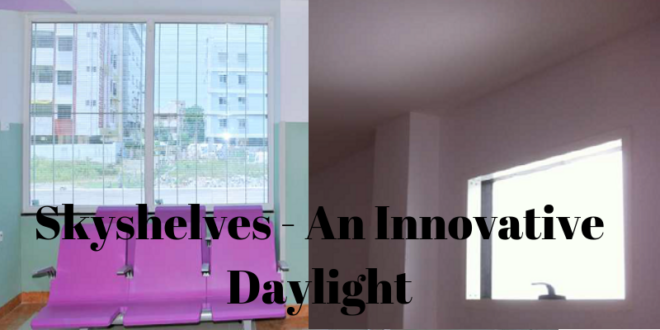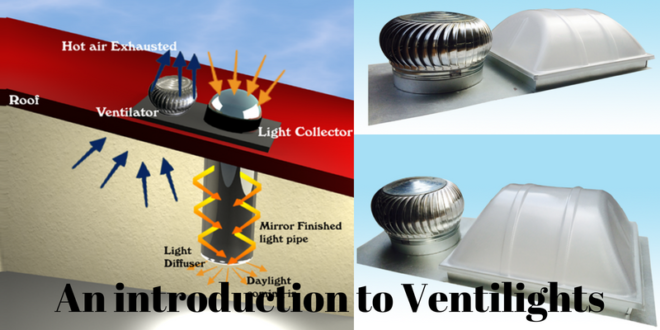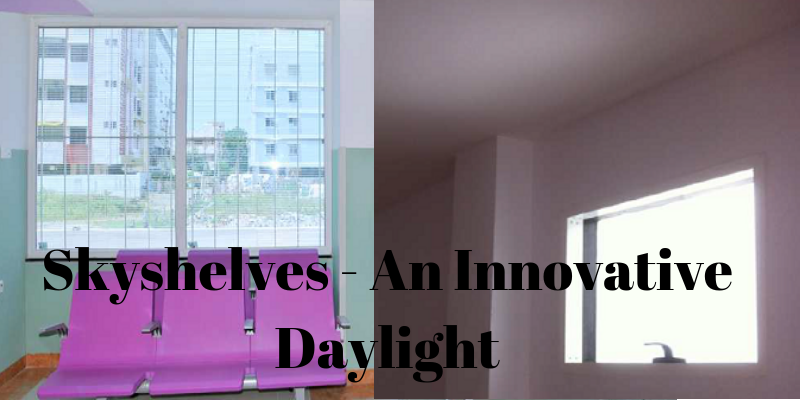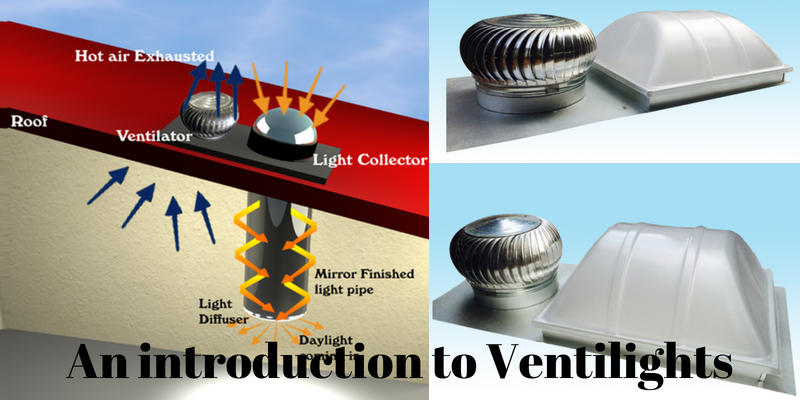How to choose the right daylight?
Daylights are nothing but natural lights used to light up an indoor area.There are various means to bring the daylight inside the building. They have many benefits in the workplace like increasing productivity and providing a healthy lifestyle.
Read: The Benefits of daylights at workplace
Choosing the right daylight is very crucial as it helps in getting the maximum benefit from the daylight. As you could see from the daylight product page, two types of daylights are available namely Lightpipe and Norikool.
Lightpipe
The Lightpipe® is an innovative technology for daylight transportation and Energy efficiency in buildings without heat. It has a Sunlight capture system (Light collector), light transfer pipe and double glazed light diffuser. The Lightpipe solar lighting system delivers clean, light energy into building spaces giving a feeling of well-being and saving electrical energy for lighting during Daytime. It delivers sunlight without any colour shift.
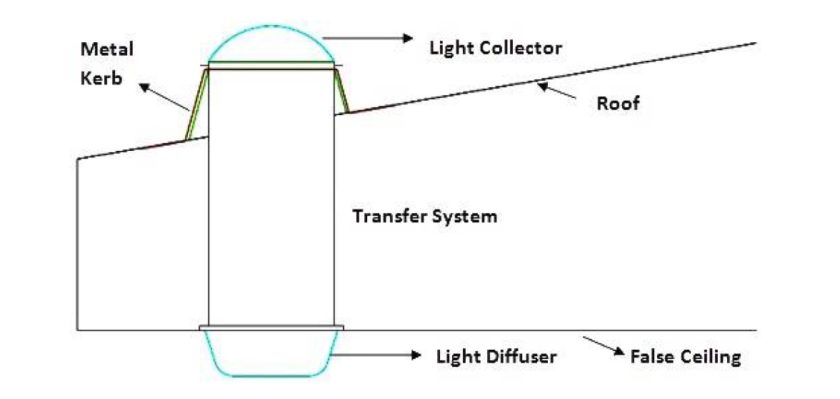
Norikool
Norikool – ADSTM is an Advanced Daylighting Solution for Industries & Buildings, that can replace Strip/Roof lights in Industries and Pre-engineered Metal Buildings. It delivers exceptional daylight with negligible or minimal heat transfer. It can replace Strip/Roof lights in.
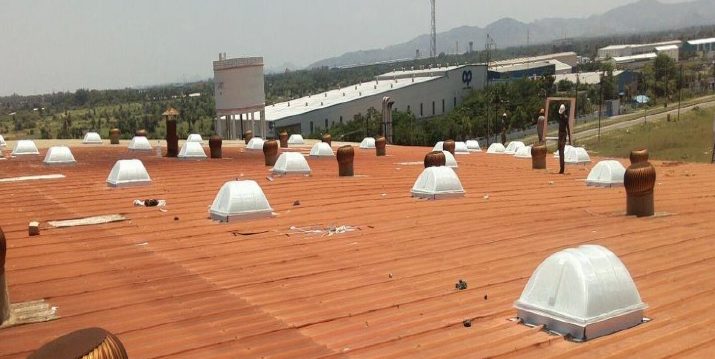
Before proceeding with the selection guide, let us have a look at some of the parameters to understand the choice better.
1. LUMEN (lm)
Lumen is a measure of the total quantity of visible light emitted by a source. Higher the lumen, higher the light output. While replacing the existing conventional lights with LED lights, it is of paramount importance to compare the lumen of the existing conventional lights with that of the proposed LED light replacement. The lumen of the of the proposed LED lights should be equal to the lumen of the existing conventional light.
2. Roof Height
The height of the roof level from the ground level. If false ceiling is present, the height of the false ceiling from the ground level is considered.
3. Area to be covered
The total area that needs to be covered through the daylight.
4. Maximum length of the lightpipe
The length of the lightpipe can be as least as 1.2 meters and can be extended in multiples of 0.6m. However, the maximum length the light lightpipe can travel depends on the diameter of the lightpipe.
5. Light Transmission
Light transmission percentage denotes the amount of sunlight coming inside the building through the daylight from outside.
6. Glazing
Glazing is nothing but the translucent material that forms the Norikool. This material is made of high UV resistant Polycarbonate Sheets with high impact strength. As seen from the table above, the number of glazing in a norikool usually depends on the height at which the norikool is installed and the required percentage of light transmission. The can be either a layer of lens lens of 3mm thickness that can be a combined with a layer of translucent sheet.
Selection between Norikool and Lightpipe
| Parameters | Lightpipe | Norikool |
|---|---|---|
| Ceiling | Suitable for both Open and False Ceiling | Suitable for Open Ceiling only |
| Dimming Arrangement | Available | Not Available |
| Maximum Roof Height | 12m | 15m |
| Maximum Lumen from a single unit | 22,000 lumen | 60,000 lumen |
| Maximum Area coverage from a single unit | 850 sq.ft. | 1,600 sq.ft. |
| Integration with electrical lighting | Possible | Possible |
| Image | 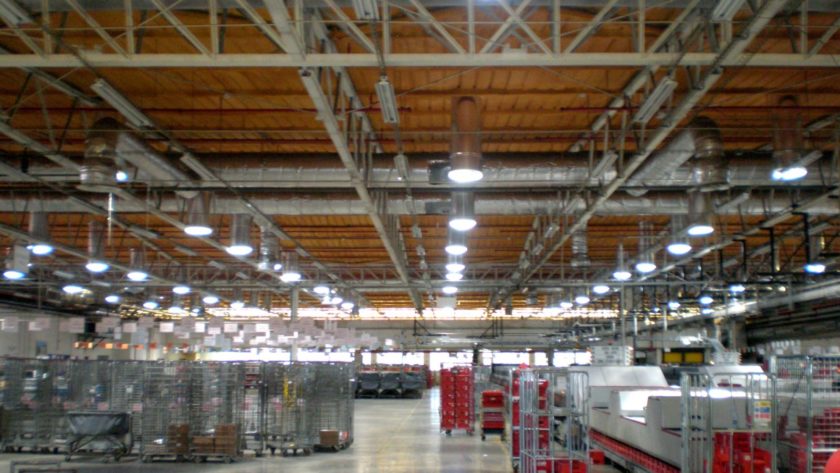 | 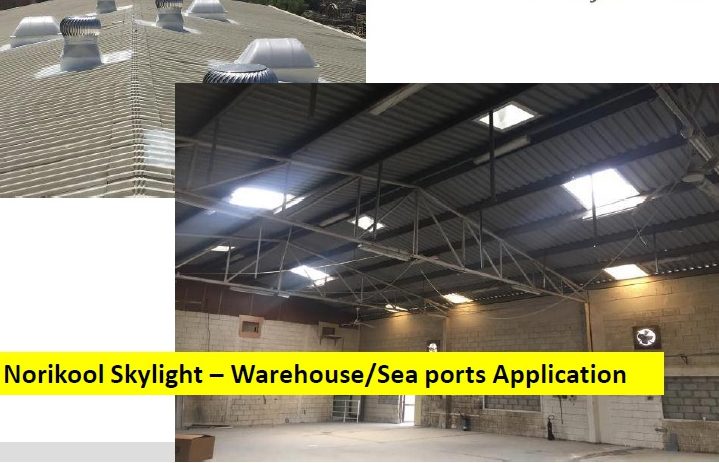 |
Lightpipe Selection Guide
The selection of lightpipes basically depends on the roof height and the lumen required.The maximum length of the lightpipe is the maximum length the lightpipe can travel. Based on need, the lightpipe can be bent in 90 and 45 degrees.
Lightpipe - Diffuser Selection Guide
The diffuser is the lower most part of the lightpipe through which the sunlight is distibuted into the building, It is of three types namely, clear bright, soft white and bright vision.| Parameters | Clear Bright Diffuser | Soft White Diffuser | Bright Vision Light Diffuser |
|---|---|---|---|
| Light | High light transmission | Soft, pleasing light | High light transmission |
| Light Distribution | Medium light Distribution | High lighting distribution | Controlled light distribution |
| Roof Height | Applicable for high roof | Applicable for low roof | Applicable for high and medium roof |
| Application | Industries and Warehouses | Offices and Residences | Commercial buildings, Warehouses, Industrial Buildings and Offices |
| Shape | Dome Shape | Dome & Flat Shaped | Flat shaped |
| Image | 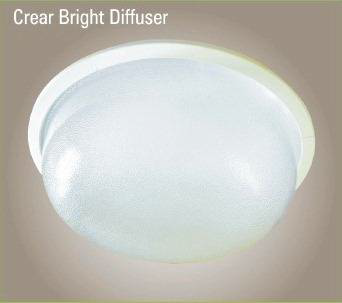 | 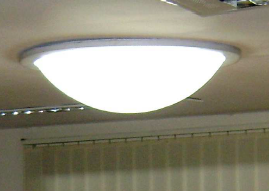  | 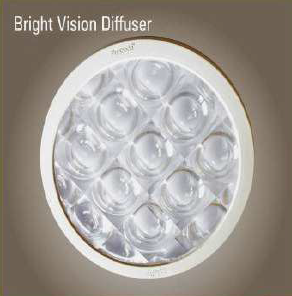 |
Side Wall Installation
The lightpipes can be installed from the side wall, if the roof is at height beyond 12 meters. Sunlight collectors placed facing south relatively gives more light in Northern Hemisphere, while sunlight collectors placed facing north relatively gives more light in Southern Hemisphere.
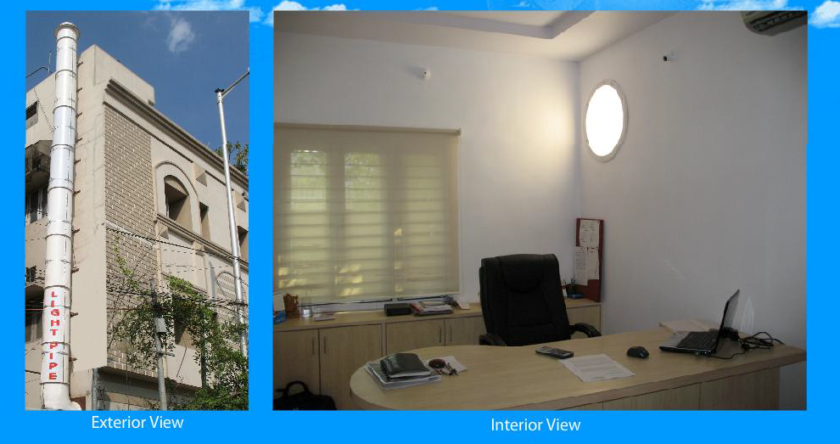
Dimming Arrangement
The output from the lightpipe can be controlled using a motrised round aluminum sheet placed inside the lightpipe. When there is no need for lightpipe, the sheet turns horizontal through switching operation. This obstructs the light traveling to the diffuser from the collector. When light is required, the aluminum sheet can be turned vertical to allow sunlight.
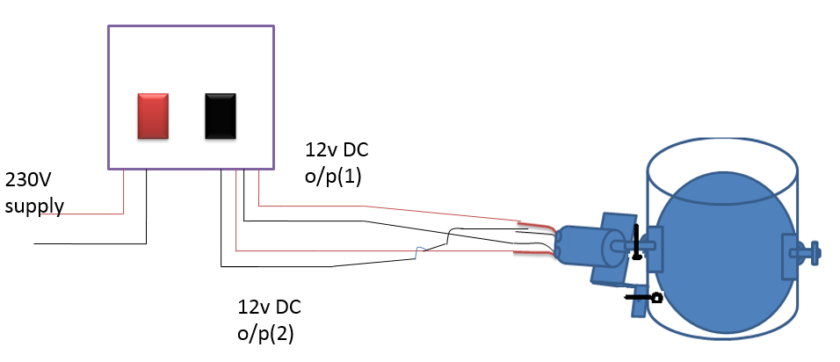
Norikool Selection Guide
Norikool is ideal in cases where there is an open ceiling. As norikool does not have any part of it protruding inside the buildings, the lights will be obstructed if there is a false ceiling. Like lightpipe, the choice of Norikool also depends on the height of the roof and the required lumen.Single Glazing (Lens)
Single Glazing has a single layer of clear lens.
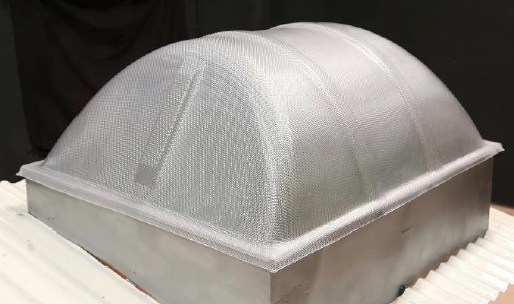
Double Glazing (Lens + Diffuser / Lens + Lens)
The usual double glazing has a lens and diffuser, while in some special cases where the roof height is above 15 meters and the required light transmission is 72%, both the layers may have a lens.
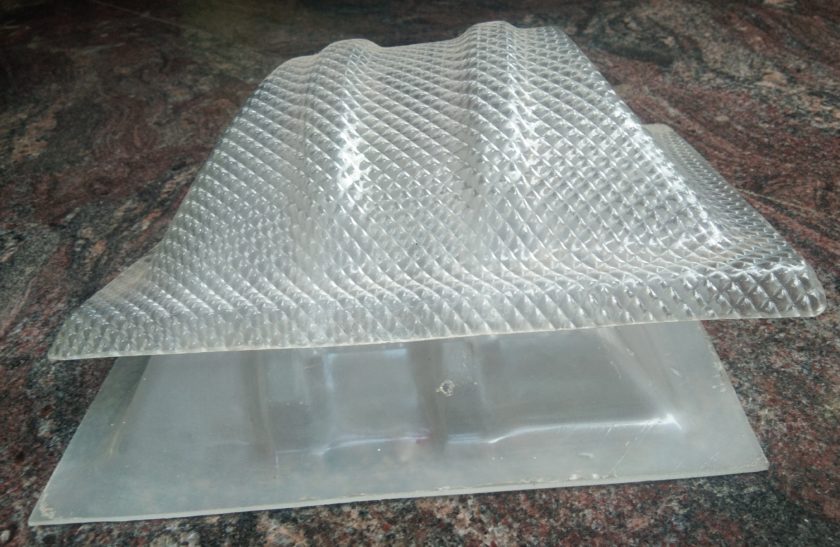
Triple Glazing (Lens + Lens + Diffuser / Lens + Diffuser + Diffuser)
The usual triple glazing consists of two layers of lens (Top and intermediate), while the lowest layer will be the translucent sheet. While in some special cases, where the roof height is below 10 meters and the required light transmission is 57%, then the intermediate clear layer will be replaced by the translucent sheet.
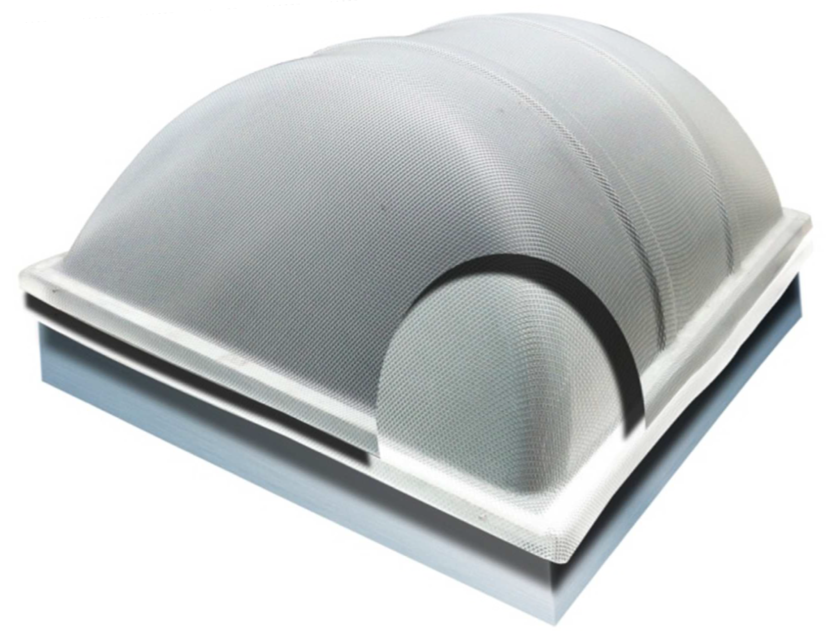
Integration with Electrical Lights
The daylights can be integrated with electrical lights. A sensor is kept below the daylight collector and a predetermined lux level is set in the controller. As long as the required predetermined lux level is obtained from the daylight directly, the electrical lights remain switched off. Once the lux level from daylight decrease, proper number of electrical lights gets switched On automatically to complement the lux from the daylight. This saves a lot energy by automatically switching off the unwanted electrical lights.
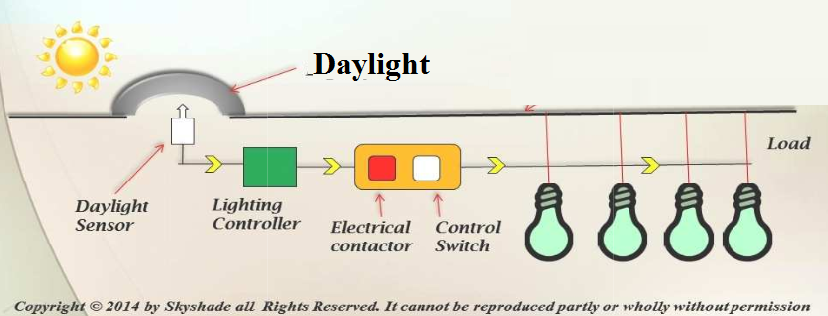
Integration with turbo ventilators
The daylight can also be integrated with turbo ventilators.This provides ventilation and avoids making a additional holes in the roof.
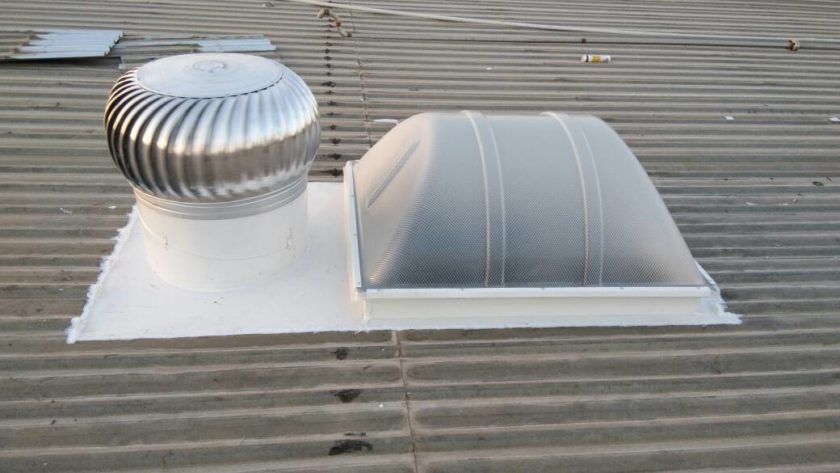
These are the basic information to select the suitable daylight. If you have any clarifications, leave a comment and we shall clarify. You can also avail a FREE site visit and a FREE feasibility report on installing daylights at your premises.

